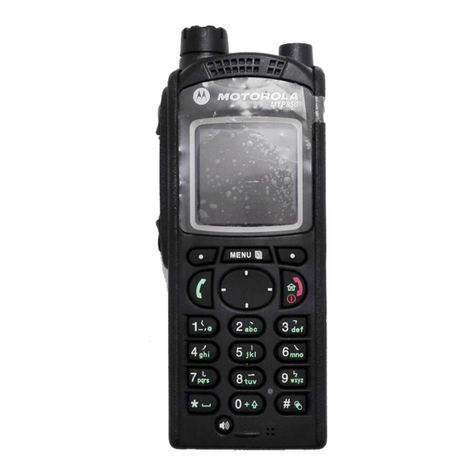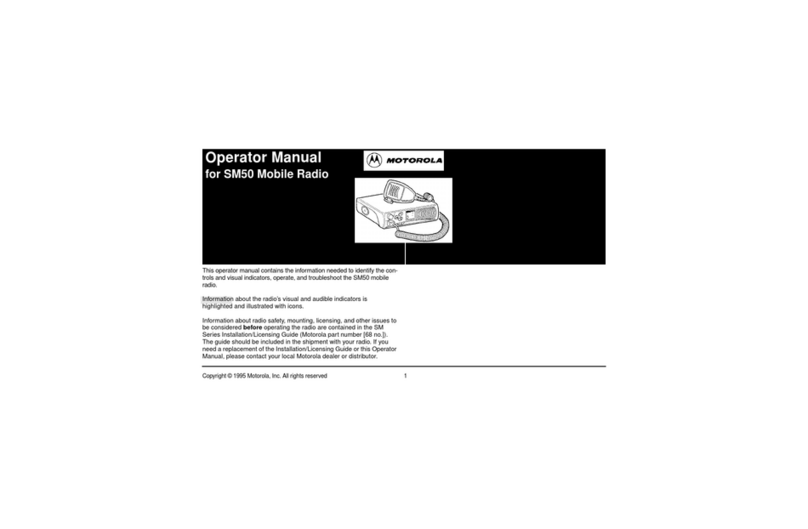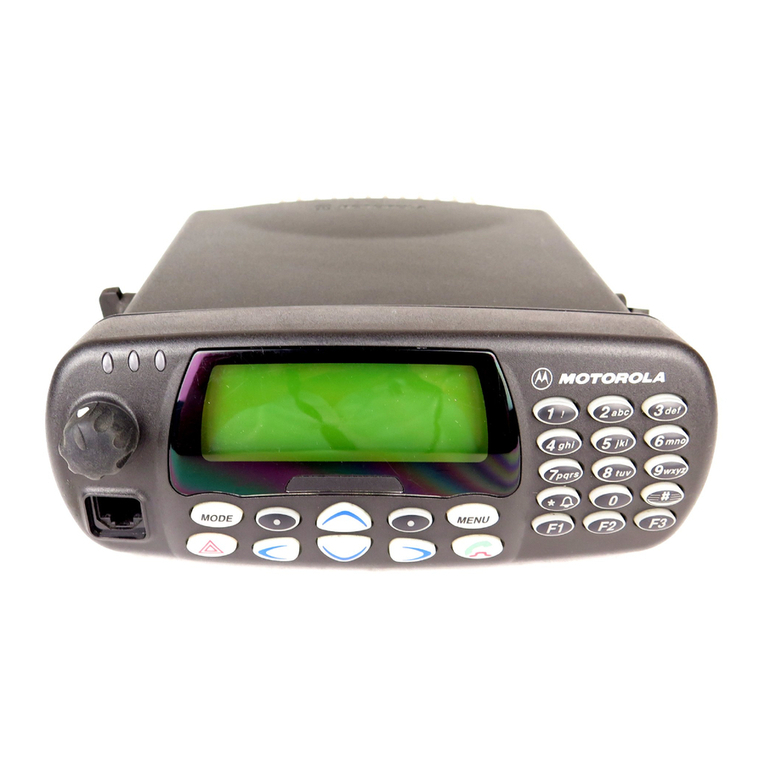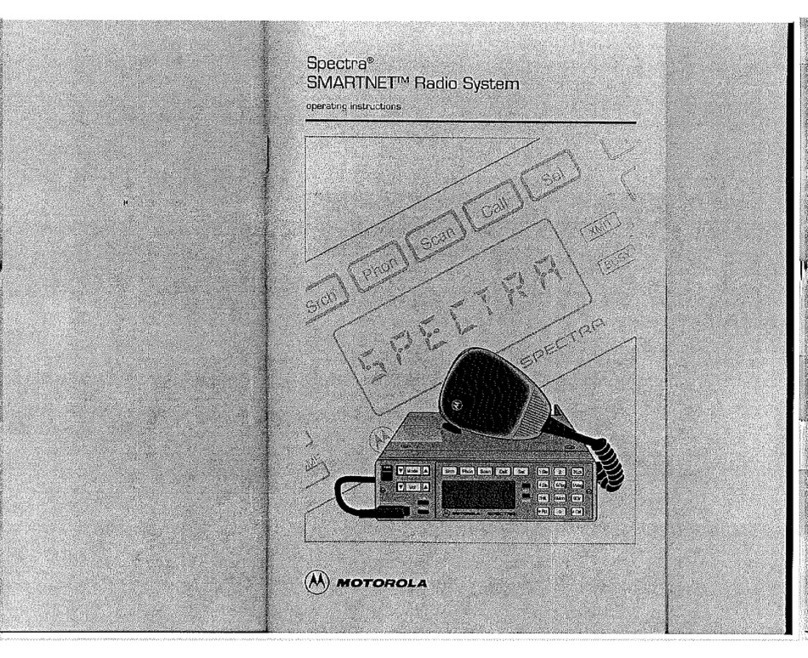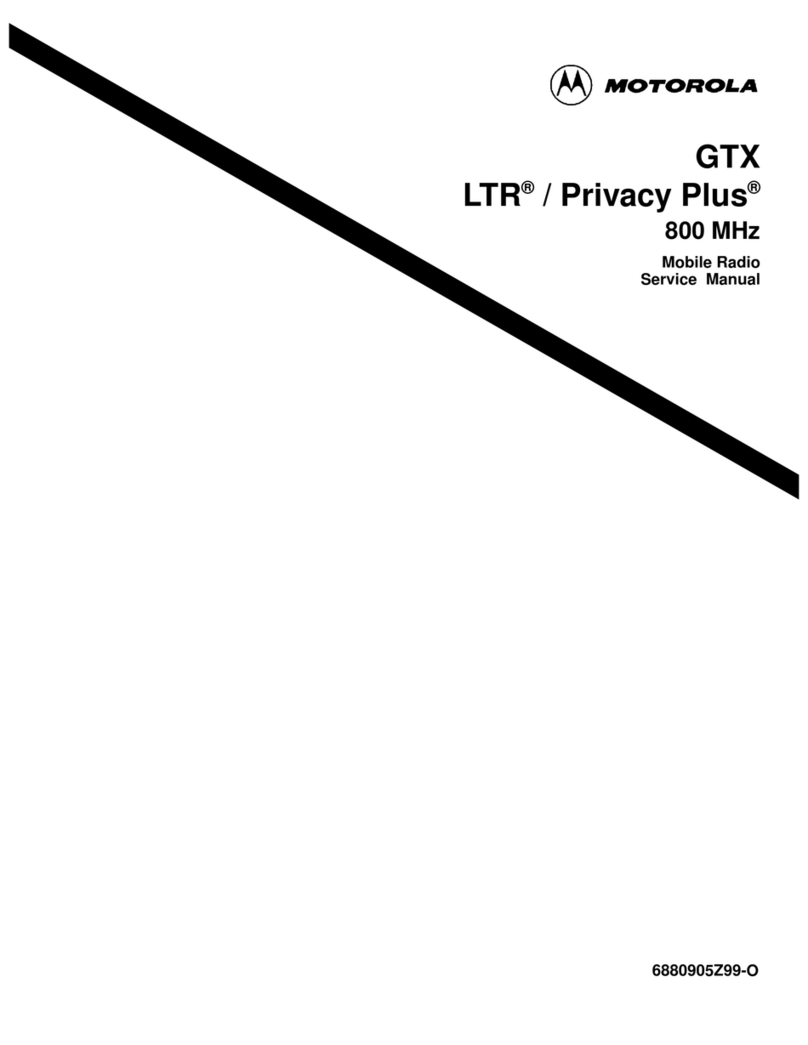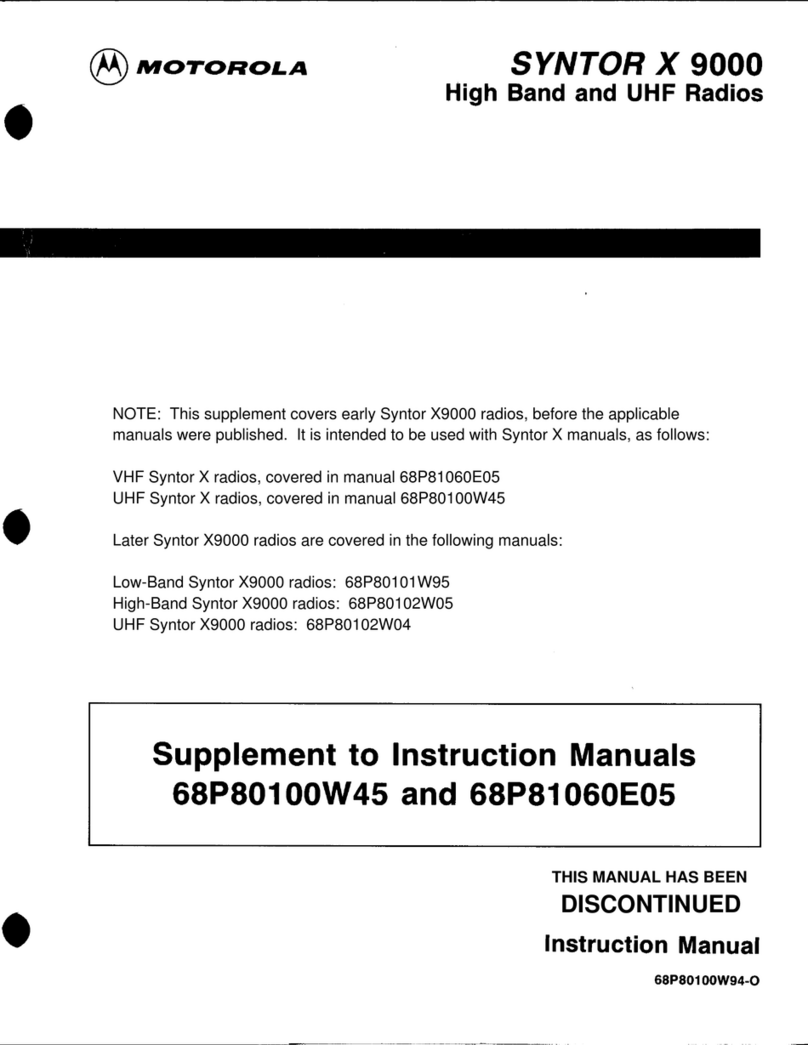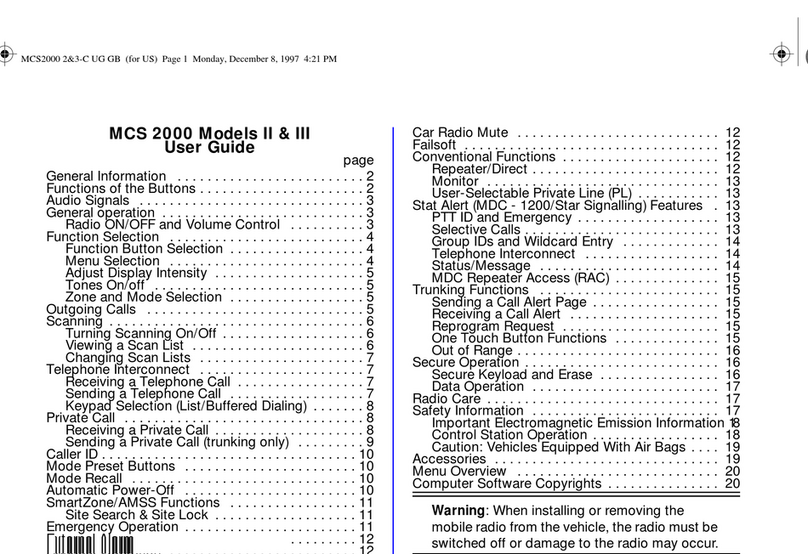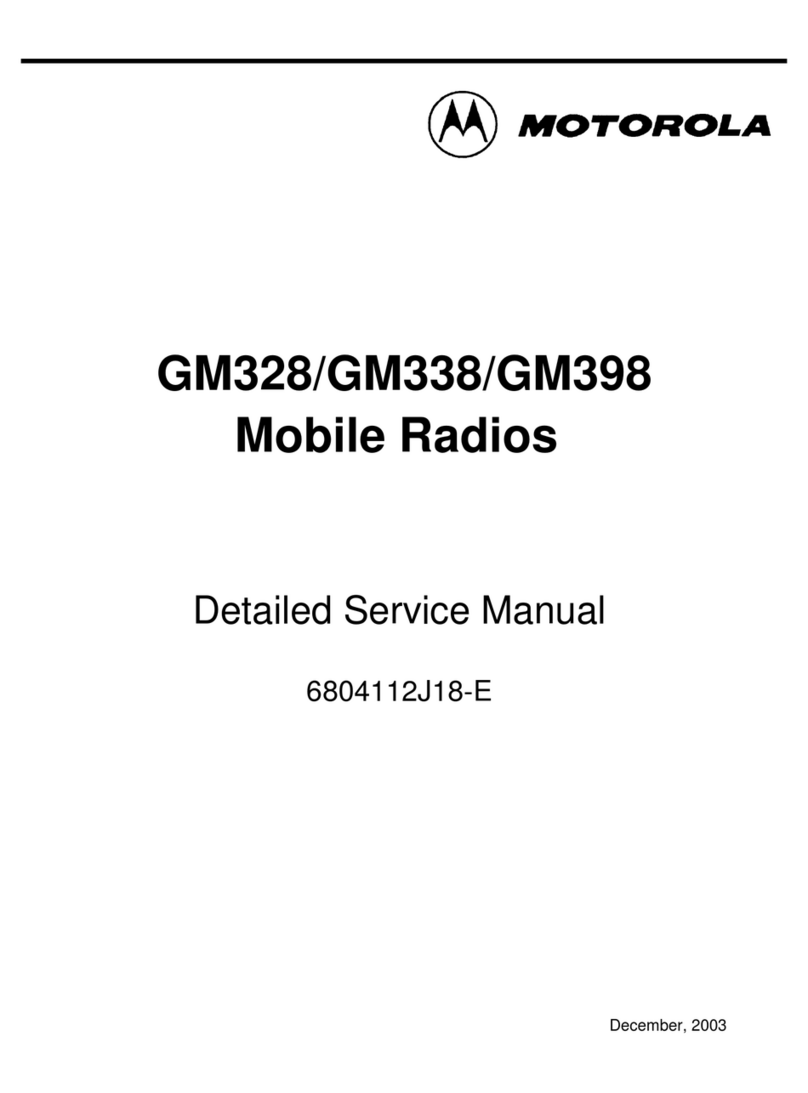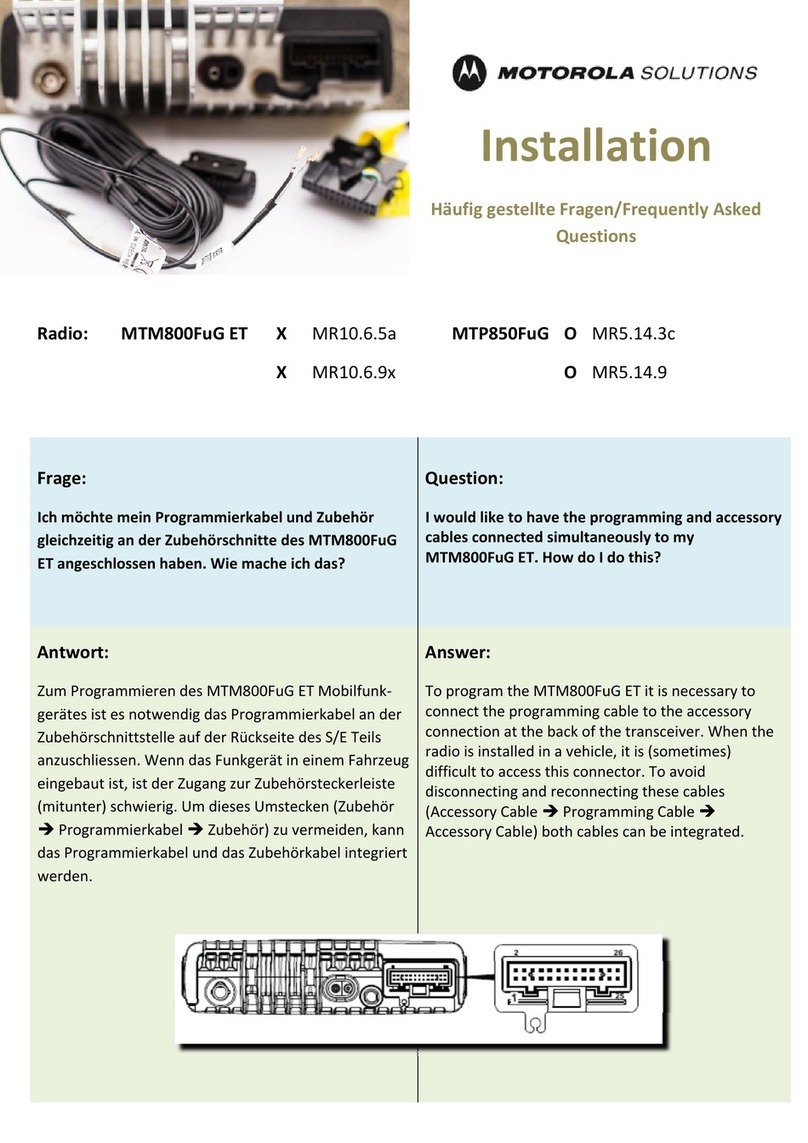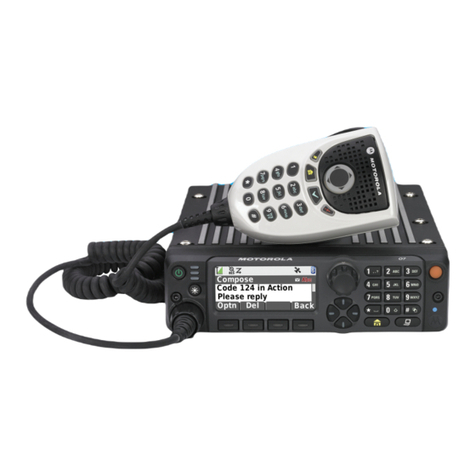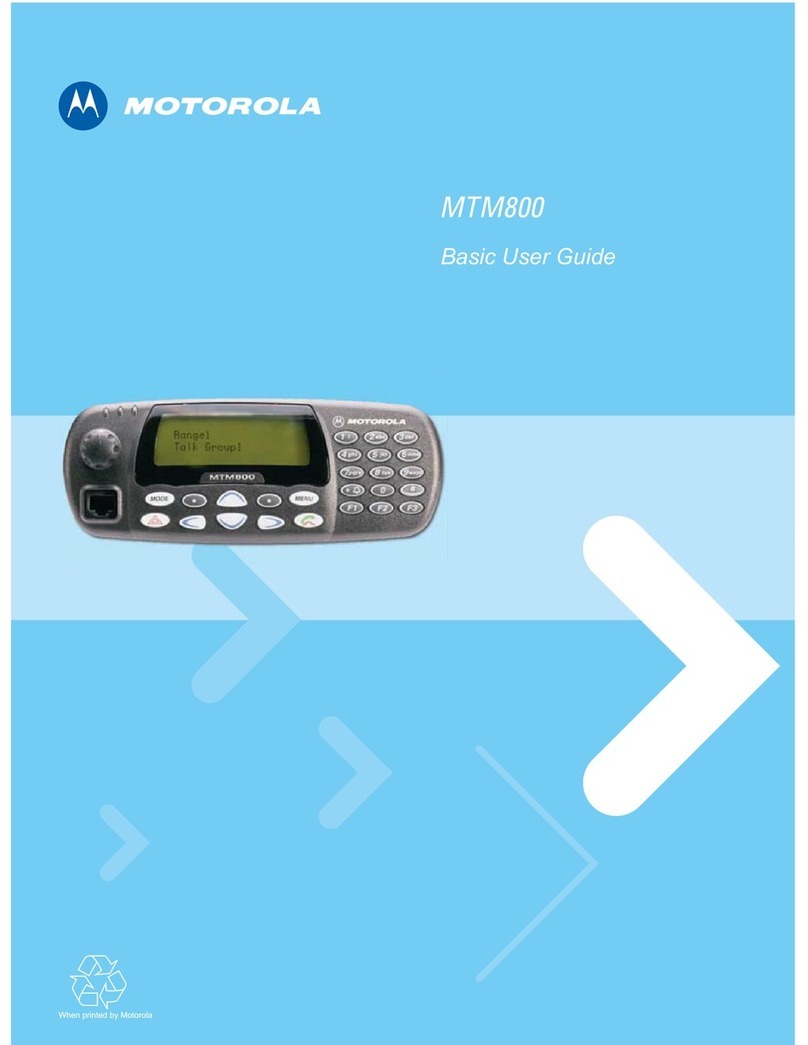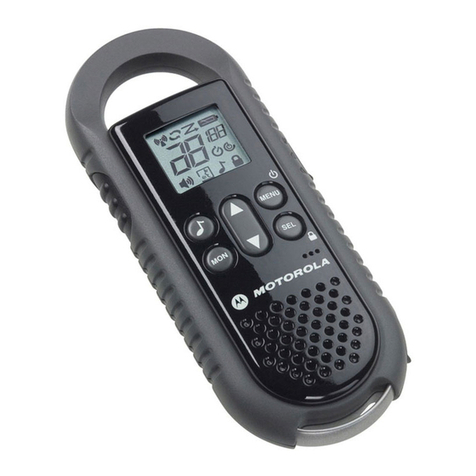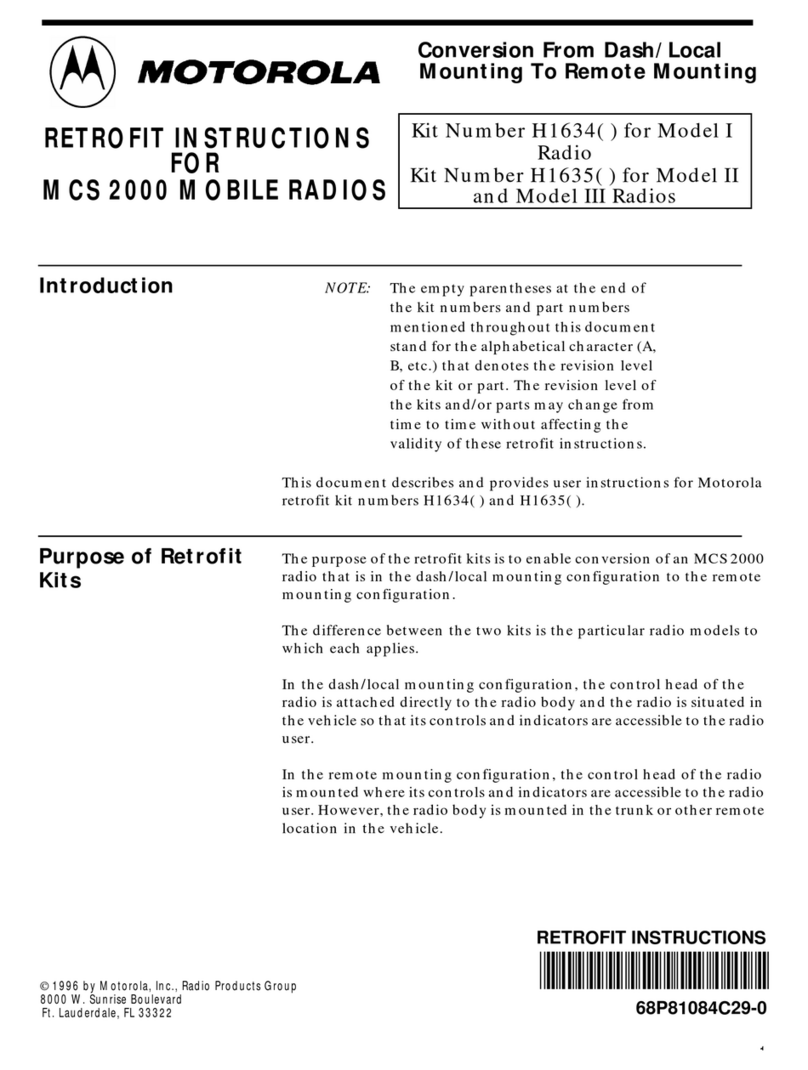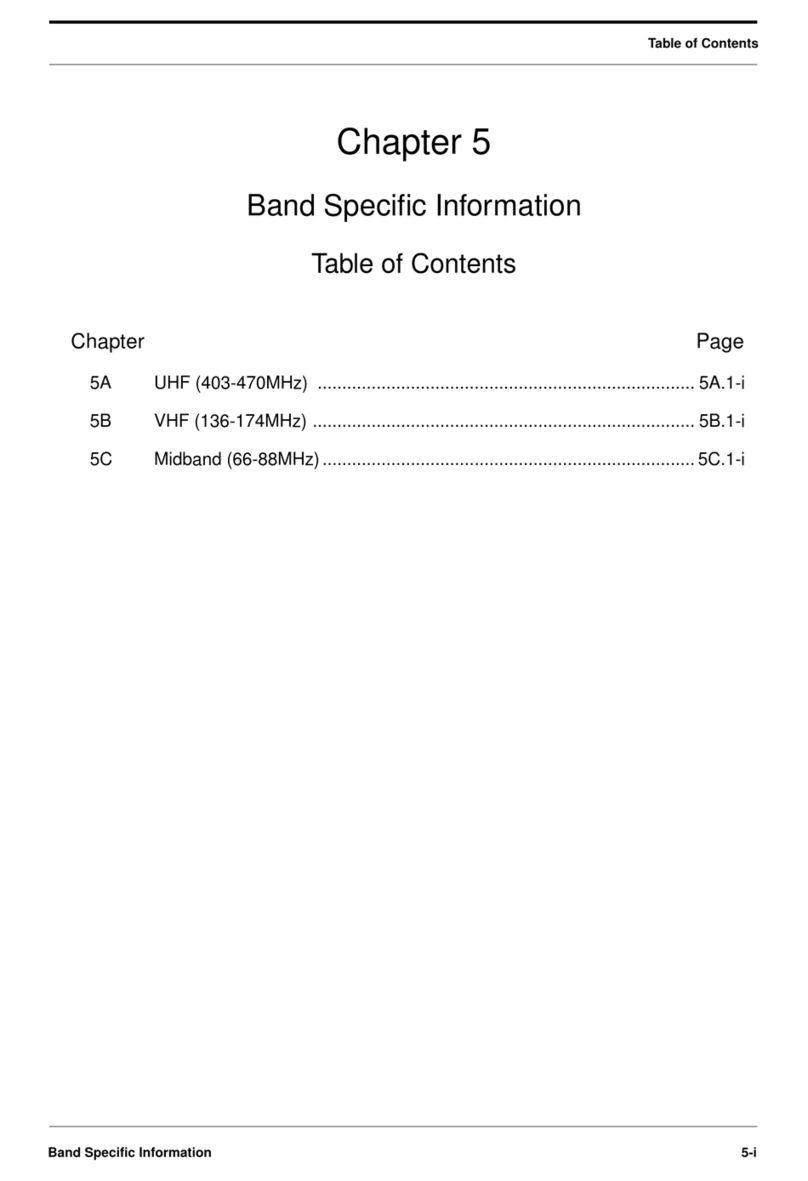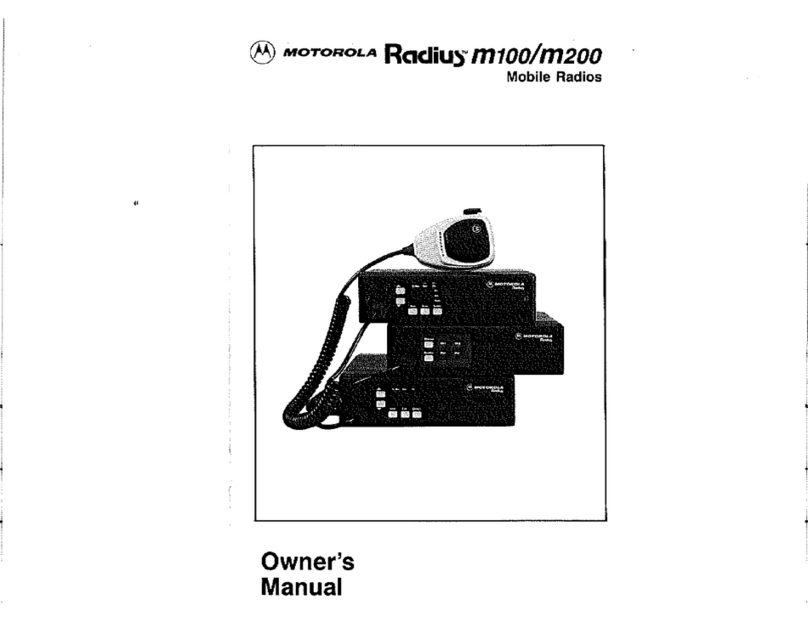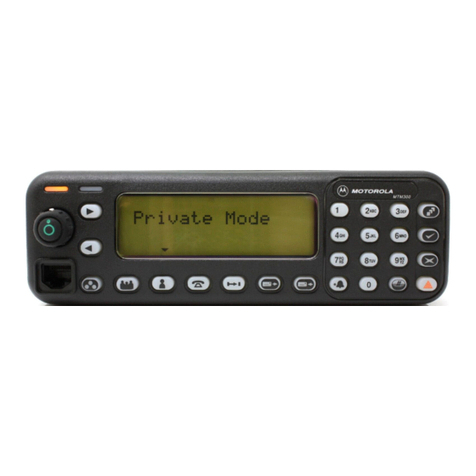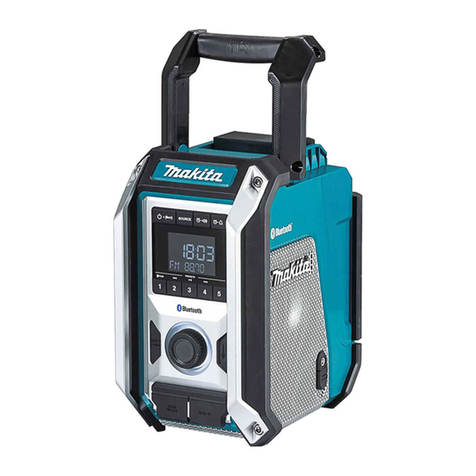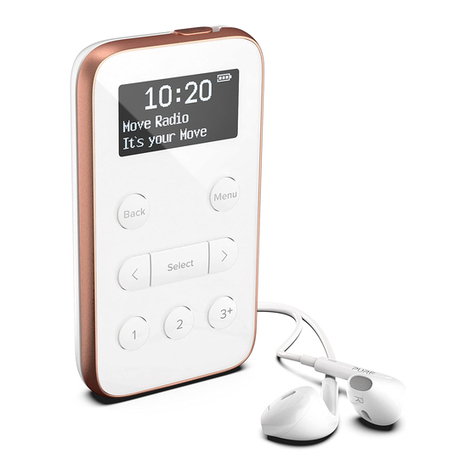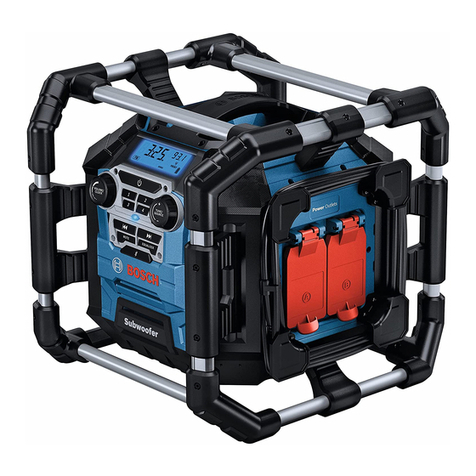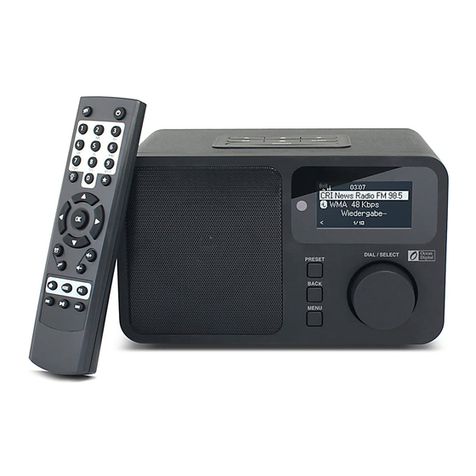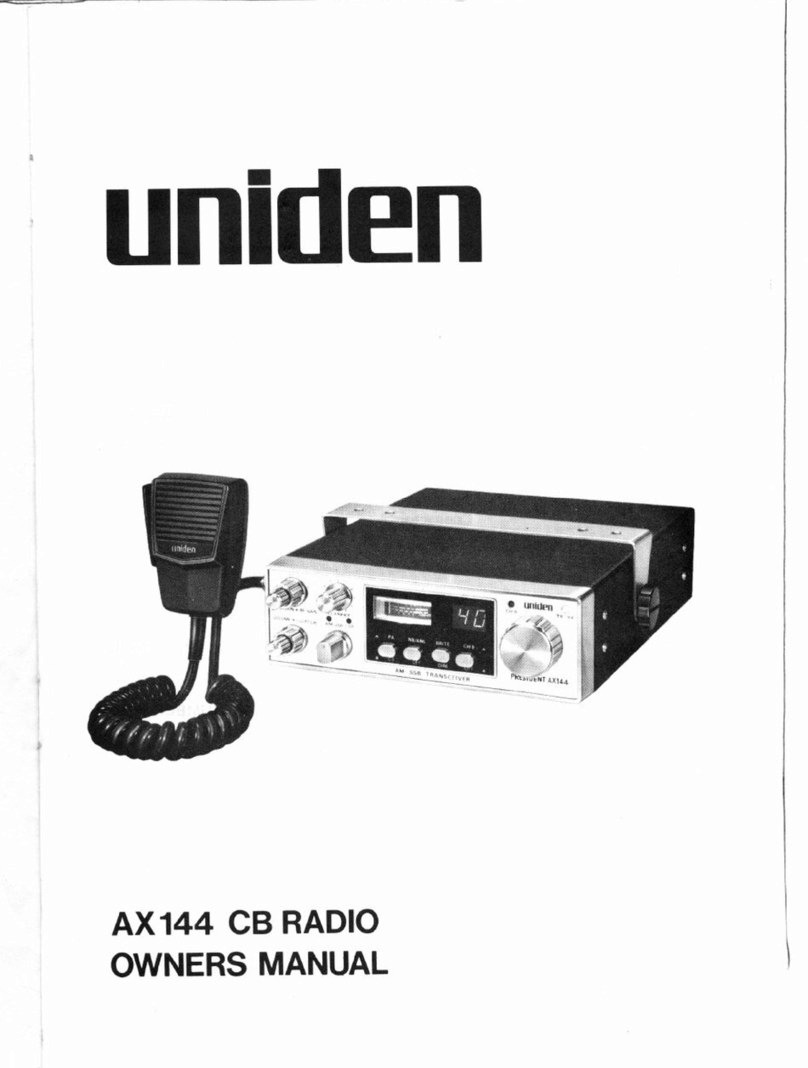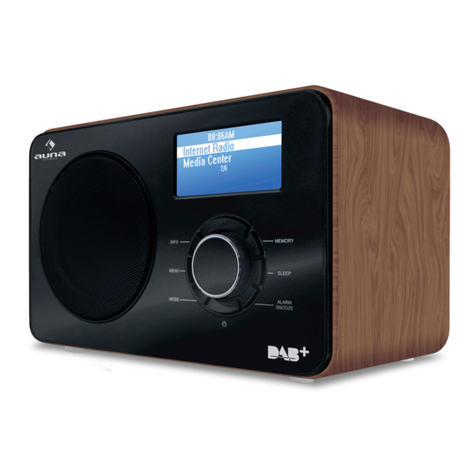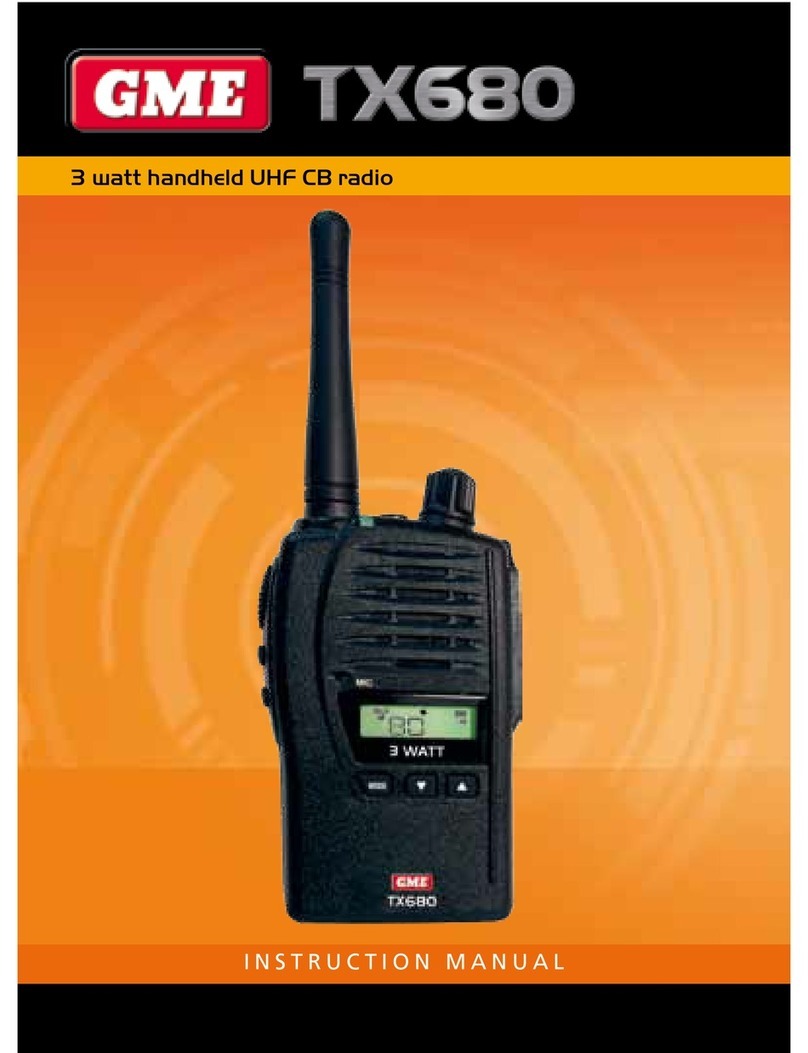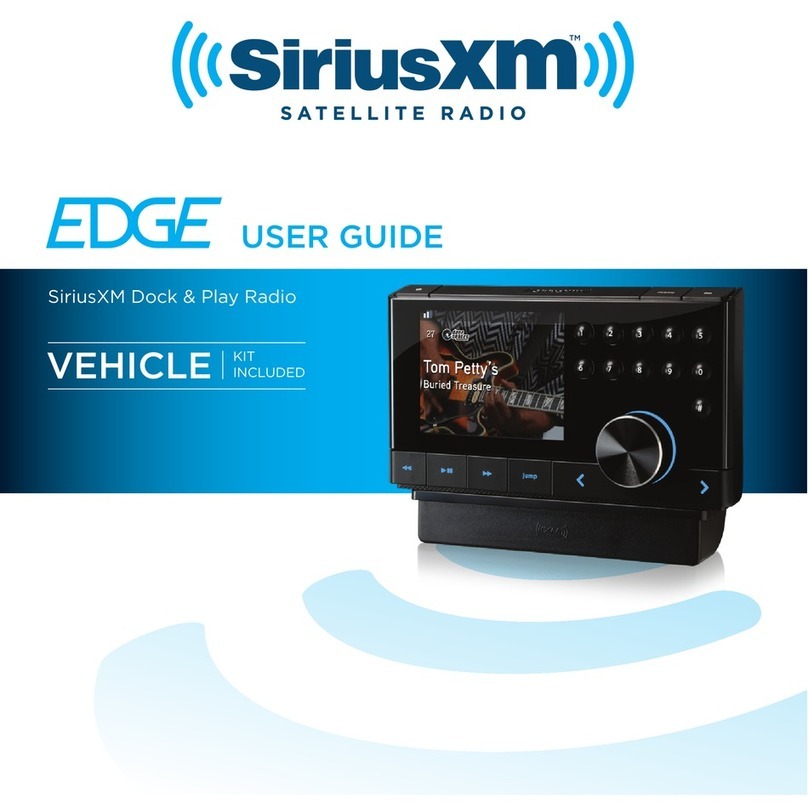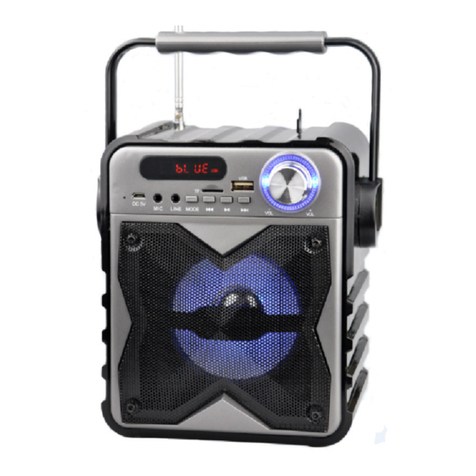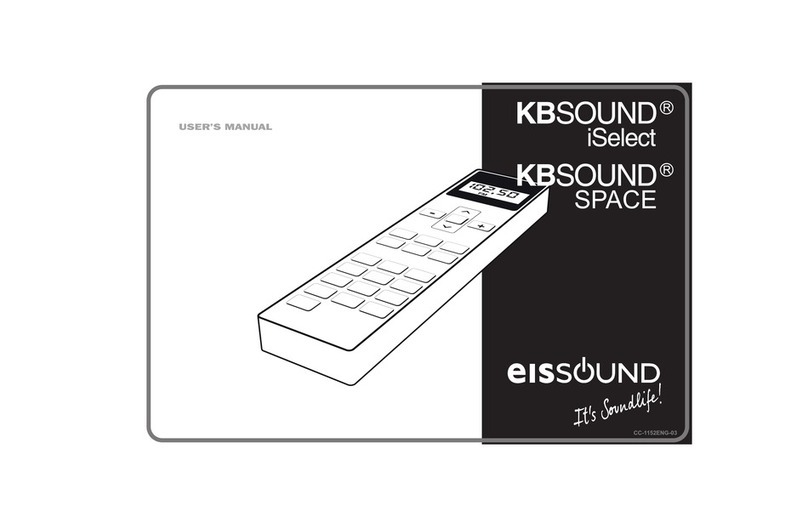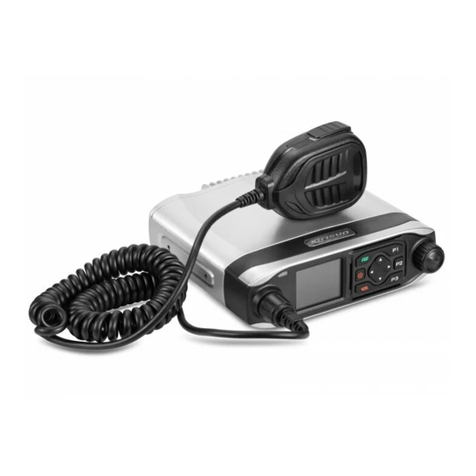Theory of Operation
Introduction/Theory of Operation 4C.1-3
3.6 Keypad andTop Keys
The HHCM keypad has 10 keys, plus 3 additional keys, the on/off key being one of them, which are
located on the top of the HHCM.
All keys are configured as 3 analogue lines (ANALOG 1 2 3) to the radio. Each of the lines controls
four keys; line ANALOG 3 additionally controls the on / off key.The voltage on the analogue lines
varies between 0V and +5V depending on which key has been pressed.If a button is pressed, it will
connect one of the 3 lines ANALOG 1,2,3 to a resistive voltage divider connected to +5V.The
voltages of these lines are A/D converted inside the µP and specify the pressed button.
3.7 Switch Functions
Ten of the switches (PB0931 - PB0934, PB0941 - PB0944, PB0953, PB0954) are the keypad
switches.The remaining 3 Top Key switches (PB0951, PB0952, PB0971) and the PTT switch
(PB0901) are simple contact closure switches.The switches and their functions are detailed below:
Switch Type Function
PB0901 Contact PTT
PB0931 Keypad Configurable
PB0932 Keypad Configurable
PB0933 Keypad Configurable
PB0934 Keypad Configurable
PB0941 Keypad Volume Down
PB0942 Keypad Volume Up
PB0943 Keypad Configurable
PB0944 Keypad Configurable
PB0951 Contact Configurable
PB0952 Contact Configurable
PB0953 Keypad Scroll Down
PB0954 Keypad Scroll Up
PB0971 Contact Power ON/OFF
3.8 Status LED and Back Light Circuit
All the indicator LEDs (3) and the back light LEDs (10) are driven by current sources Q0982 - Q0986
and controlled by the µP via SERIAL PERIPHERAL INTERFACE (SPI).The current is determined
by the resistor at the emitter of the respective current source transistor. Shiftregister U0983 stores
the LED status.To update the LED status line LED CLCK BUF shifts the data of line SPI DATA BUF
into the shiftregister.When all the data has been written, line LED CE is set to low for a few
microseconds to update the output of the shiftregister with the new data.
The green (D0983), red (D0982) and yellow (D0981) indicator LEDs are covered by the LCD display.
If a LED is switched on, the corresponding area of the LCD display is switched to transparent by the
respective shiftregister output using Exclusive-OR (XOR) gate U0982-1-4 and the backplane signal
from the LCD driver U0981 pin 26, 27.
The squarewave backplane signal from U0981 is buffered by XOR gate U0982-1 and then fed to one
of each inputs of the three remaining XOR gates.The output of these gates is the inverted
backplane signal, while the connected output of the shiftregister is high, and non-inverted while it is
low.The inverted backplane signal fed to the respective LCD input makes the corresponding area
transparent for the covered LED, while a non - inverted backplane signal makes it non-transparent.
